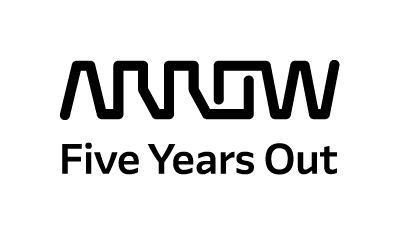Swimming Upstream to Slow the Volume of Unwanted Electronics
By Carol Baroudi, Arrow Electronics
Here in Arrow’s Value Recovery business, we refer to our specialized recycling partners as our “downstream.” We take assets that cannot be repaired or refurbished or have no viable new life in their form as assets per se, and we break them down. First we harvest usable parts. Even if a laptop cannot be repaired, for example, chances are its power supply is just fine. From there, we separate materials into commodity types ready to send to our certified partners, which reclaim materials that can in turn become part of a supply chain to be used again in new products.
But even with our diligent pursuit to reclaim everything reclaimable, even refurbishment and recycling are no panaceas for the avalanche of electronic waste that continues to gain momentum even as we put our best practices in place. The ultimate solutions lie upstream.
And there are many important points upstream where we can begin to slow the volume and impacts of unwanted electronics and move toward more sustainable electronics and a true circular economy.
Most immediately, taking more comprehensive control of IT assets in an organization — beginning with their selection and purchase, continuing with assiduous asset management, and including their planned end of life— means more IT assets are accounted for and held to strict standards for further deployment and end-of-life processing.
Within that initial purchasing decision, choosing EPEAT devices and Energy Star devices sends a positive message back to the device manufacturers that these environmentally responsible options matter.
Heading further upstream, the seemingly most important area to target is design — design that has reuse in mind, design that facilitates repair and upgrade, which in turn can keep a device functional longer. And design that aims to eliminate toxic compounds from our devices. As devices become smaller, reclaiming them becomes tougher. It’s far too easy for them to simply get lost or tossed in the trash. As devices shrink from portable to wearable to ingestible, the race is on to make electronics safe before and during their lives and in their afterlives.
Got other ideas about how to solve our electronic waste problems upstream? Drop me a line at cbaroudi@arrow.com.
Carol Baroudi works for Arrow’s Value Recovery business, promoting sustainability awareness and action. She is the lead author of Green IT for Dummies. Her particular focus is on electronics at the IT asset disposition stage, e-waste and everything connected to them. Follow her on Twitter @carol_baroudi, and connect with her on LinkedIn at www.linkedin.com/in/carolbaroudi.

